At the races...in Toledo
Tuesday, April 20, 2021 @ 8:49 PM
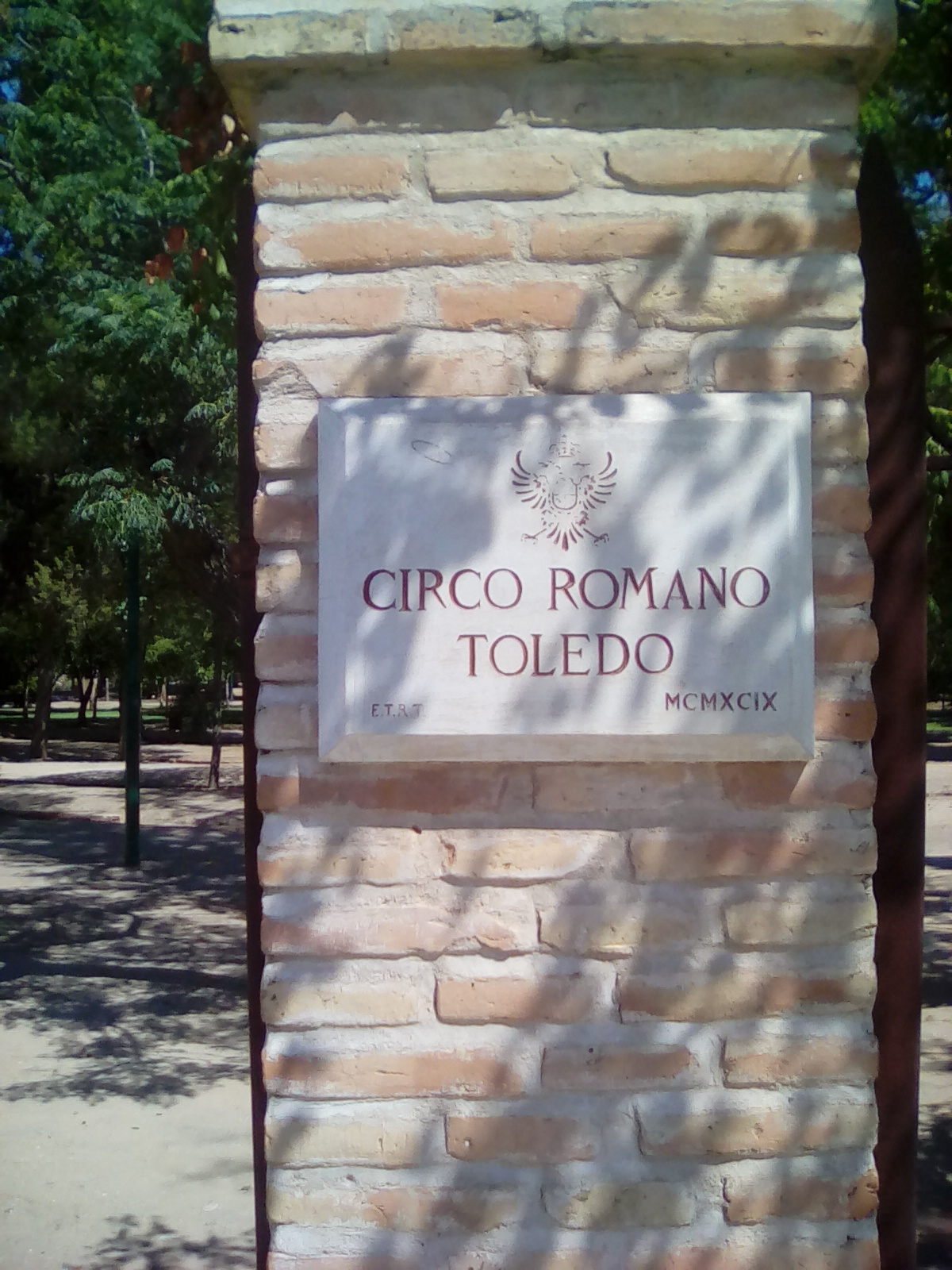 While most of Toledo’s historic structures are within the fine city walls, just outside is a real treasure dating back to the Roman occupation of Spain, a full-scale chariot racing stadium.
While most of Toledo’s historic structures are within the fine city walls, just outside is a real treasure dating back to the Roman occupation of Spain, a full-scale chariot racing stadium.
The Roman circus, built to host entertainment events like horse and chariot races, was likely constructed sometime in the first century, possibly under orders from Emperor Augustus, and was one of the largest of its time.
These events were typically held on special days and sometimes were organized under the patronage of noblemen, who wanted to commemorate events in their own lives. A stone inscription found records a day of games that was paid for by a resident to celebrate his elevation to the status of Sevirate or priest of high stature.
The oblong rectangular stadium was around 1388 feet long and 330 feet wide and could hold around 13,000 spectators, all gathered to watch the gripping races, which were often dangerous for the participants. It is thought that the circus at Toletum was used until around the 4th or 5th century, after which it was mostly abandoned, save for its sporadic use as a cemetery and a potter’s colony. The site was excavated in the early 20th century and is well-preserved.

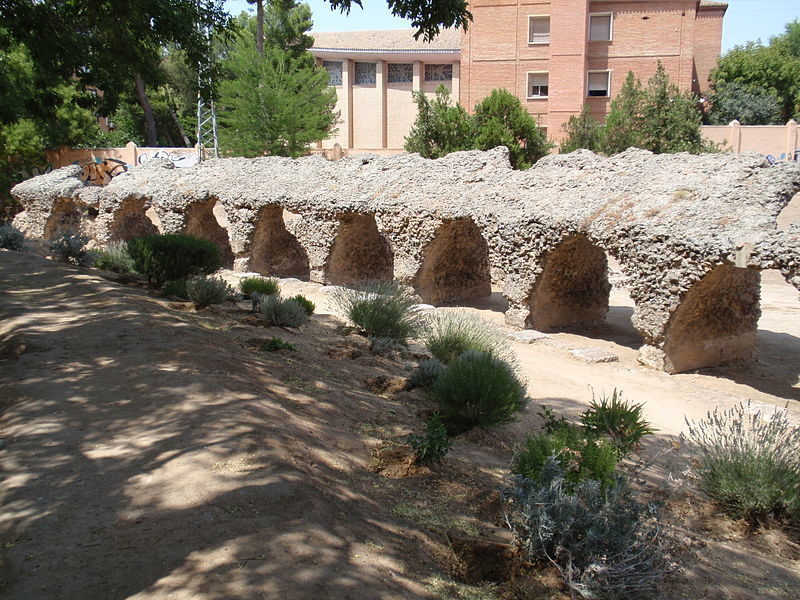
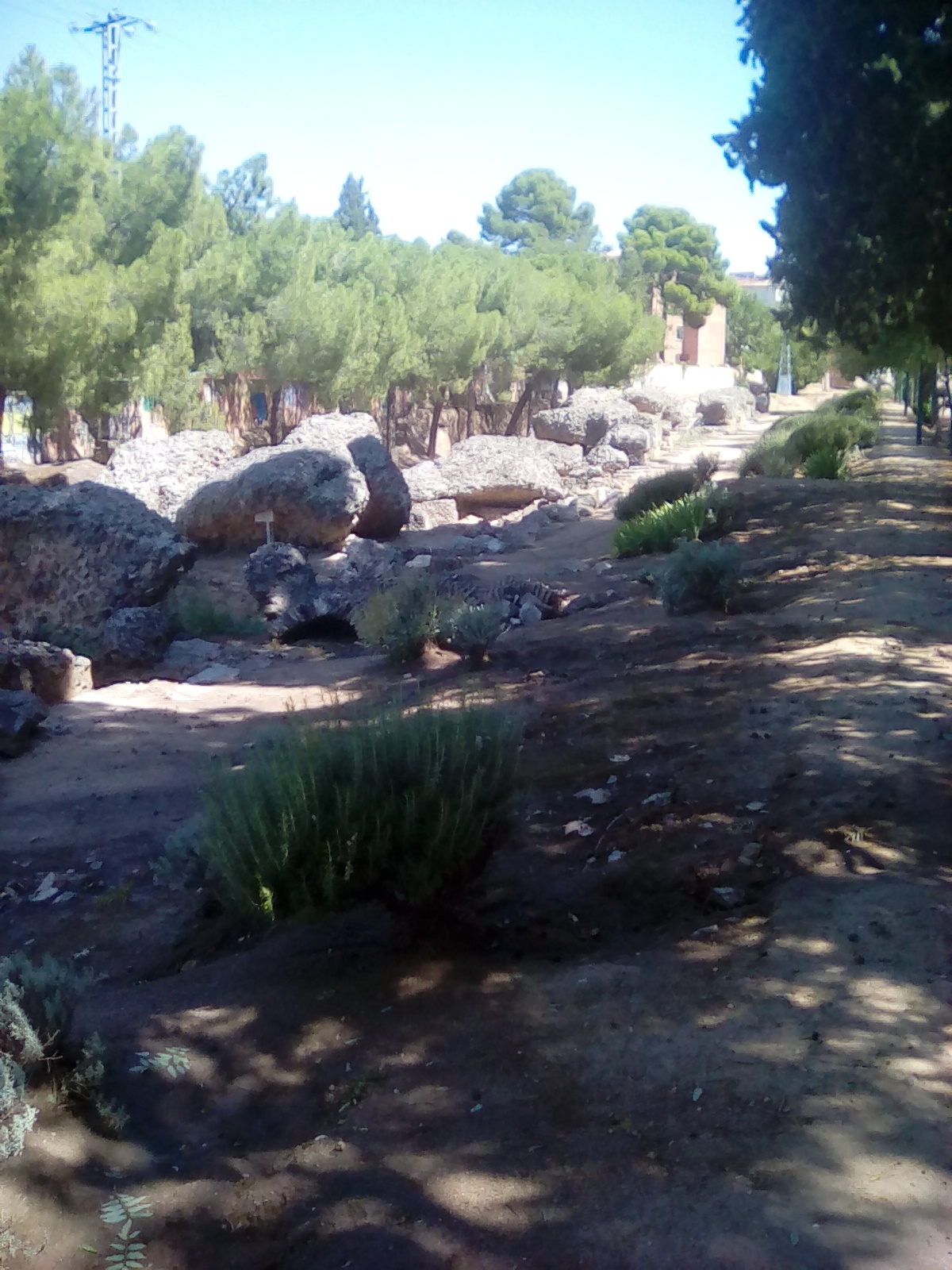
Most of the ruins can now be seen in a tree-covered public park on Avenida Carlos III. The presence of trees means one cannot get the same overview as one can get of Circus Maximus in Rome but there is much more to see since a lot of the infrastructure like the foundations, passages, and archways are exposed. The park represents just over half of the original circus. On the other side of Avenida Carlos III, in a former parking lot alongside Paseo Circo Romano, is another significant section of the circus which has just been excavated, but has much less remaining material. Information boards are provided and about 75 per cent of the original structure is now accessible to the public. This is what it supposedly looked like originally:
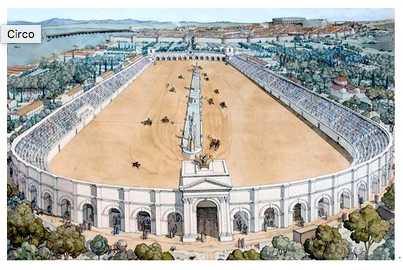
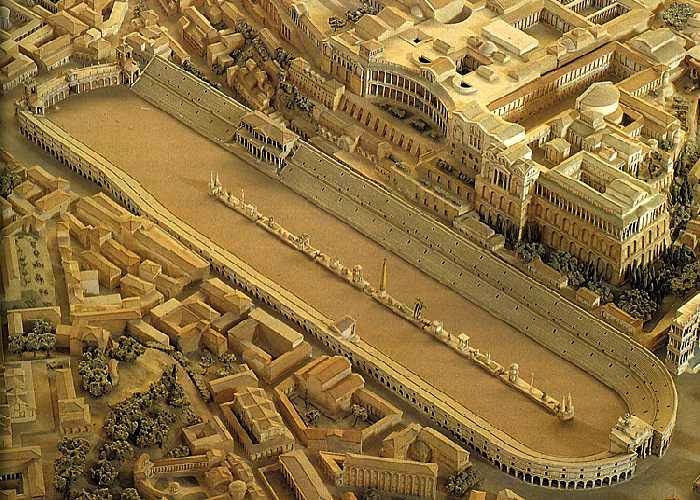
You don't have to be registered to leave a comment but it's quicker and easier if you are (and you also can get notified by email when others comment on the post). Please Sign In or Register now.